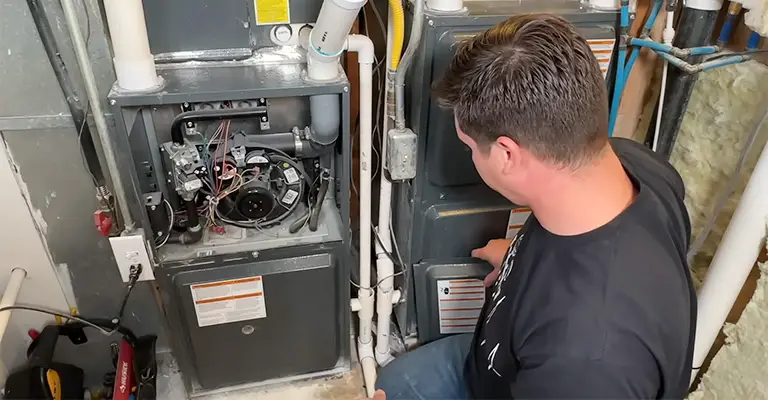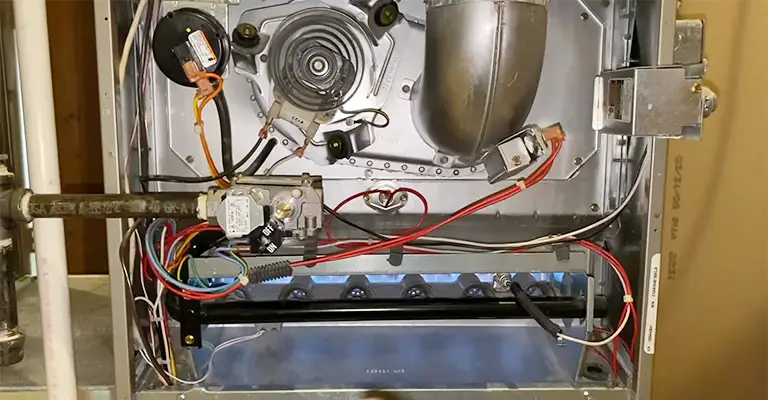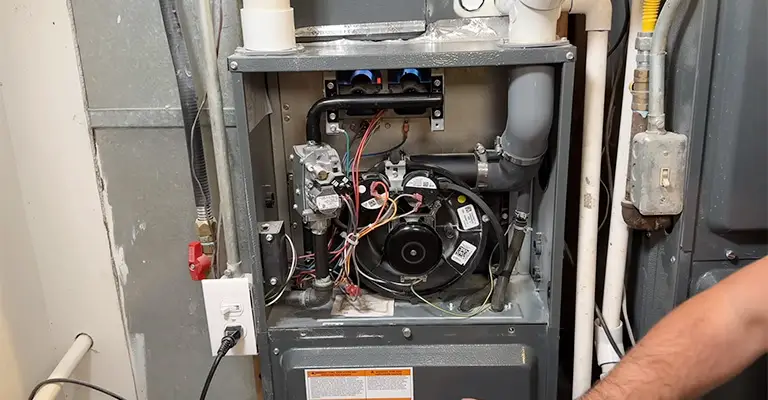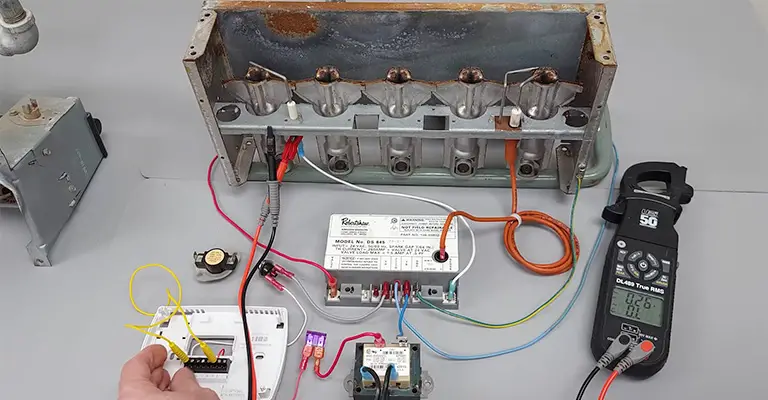A properly functioning furnace is essential for maintaining a warm and comfortable home during the colder months. One crucial furnace component is the ignitor, which is responsible for initiating the combustion process that produces heat.
Over time, the ignitor can become covered in dirt, debris, or residue, leading to decreased performance and potential ignition issues.
Cleaning the furnace ignitor is a simple yet effective maintenance task that can improve efficiency and prolong lifespan.
This guide will explore the step-by-step process of cleaning your furnace ignitor, ensuring that your heating system operates smoothly and reliably when you need it most.
Cleaning a furnace ignitor is essential for homeowners so they can keep using their furnaces. The solution to your furnace problem does not always have to be a repair – sometimes, it’s just a simple cleaning.
Why Do You Need To Clean a Furnace Ignitor?

There are many types of ignitors on different models, and the cleaning procedure varies slightly from one type to another.
Identify the type of ignitor you have by checking your furnace’s model number. You should notice whether it’s clean or dirty by looking at it.
Keep your furnace clean if you want to avoid an unexpected furnace breakdown on a cold day. Having routine inspections and scheduling service appointments as soon as you notice any problems will also be helpful.
How To Identify a Furnace Ignitor?
The ignitor is recognized by its yellow-white base or two metal bars reaching out to the first burner.
Gas lines connect to a burner assembly, including an ignitor and pilot tube. It might help to look up your ignitor type if you have trouble finding it.
Four of the most common types of furnace ignitors are:
- Direct Spark Ignitors
- Hot Surface Ignitors
- Intermittent Ignitors
- Standing Pilot Ignitors
How To Clean a Furnace Ignitor?

You can clean a dirty or discolored igniter following these instructions.
Tools And Materials To Clean A Furnace Ignitor
- Headlamp;
- Socket wrench set;
- Multi-tip screwdriver;
- Air compressor with spray nozzle attachment or cans of compressed air;
- Medium-fine scuff pads;
- Vacuum cleaner;
Turn Off The Power And Access The Ignitor
- You need to turn off the main power switch on your furnace. Working on the furnace shouldn’t cause the furnace to ignite.
- A wrench or screwdriver is needed to open the access panel.
- Make sure the hot surface ignitor lies near the burners by switching on your headlamp.
For A Standing Pilot Ignitor Or Intermittent Pilot Ignitor

- Locate the pilot orifice, where the gas igniting the pilot flame escapes. If there is a buildup of carbon or debris, take steps to remove it.
- Dislodge the unwanted material with an air compressor with a spray nozzle or compressed air with a plastic straw.
- Moving the spray nozzle or air can make the straw as close to the pilot orifice as possible when blowing. If any buildup occurs inside the orifice, it almost certainly occurs there. This is where the air needs to be directed.
- Do not spray for longer than a few seconds. Since compressors generate enough air pressure to damage internal parts, keeping a light touch when operating them is best.
- If you have an intermittent pilot system, use compressed air to dislodge any buildup on the ignitor wire.
For A Hot Surface Ignitor Or Direct Spark Ignitor
- Ensure that the push-on wire powering the ignitor is disconnected.
- You must remove any bolts or screws holding the ignitor in place. Ensure you don’t touch the ignitor element (for hot surface ignitors) or the spark wires (for direct spark ignitors) since skin oil can cause them to malfunction. Keep it only by its base.
- Use a scuff pad to gently rub the metal surface of the ignitor (the electrode or wire for hot surface ignitors) until it appears shiny all over.
- Get rid of all dust by vacuuming.
- It is crucial to replace the ignitor, reconnect the wires and replace the panel as soon as possible.
If you’re still experiencing problems and dirt isn’t causing them, you might need to replace your ignitor. The more ignitors a homeowner keeps at home, the better equipped he is in case one goes out.
When you schedule a furnace inspection with our team, we can provide personalized maintenance tips for your specific furnace type.
Final Words
There are many benefits to using a gas furnace. In addition to being easy to use, there is no need for fuel gathering, and they feature fine temperature control.
As a result, 50 per cent of U.S. households heat their homes with natural gas, according to the Energy Information Administration.
Despite the advantages of gas furnaces, there are also a few downsides. They are made up of a lot of complex parts, for starters.
A homeowner may not be aware of which components need cleaning and maintenance. Learning how to clean and maintain an ignitor is essential if you have a gas furnace in your home.







